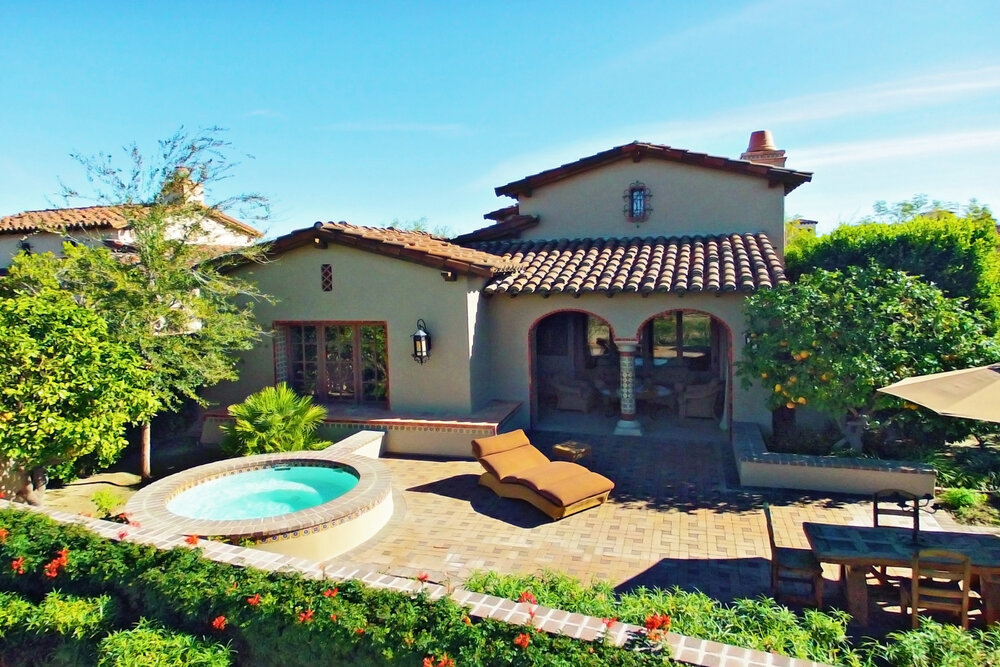This DIY Patio Installation Guide will walk you through the process of installing a brick patio. This DIY project is ideal for homeowners who want to create a unique patio space that is both stylish and affordable. To get started, you will need to dig a few inches deep and mark the placement of pavers and other building materials. Once the area is leveled, use a tamper to compact loose soil and re-level your surface.

Once you've decided on the materials you'd like to use, you will need to lay them out. You can also build a raised planter bed for a more intimate setting. You'll need a few buckets of sand to fill in the gaps. Before you start installing the stones, use a leveling tool to level the surface. After this, place the pavers on top of the dirt, and follow the instructions on the package to ensure that they fit snugly.
You'll also need a string line, which you can rent from a local hardware store. The string line should be parallel to a house or driveway to help you avoid bumping into it. A leveled base will make it easier to install pavers. You can use a garden hose to mark the perimeter of the patio. Using a yardstick, you can also measure the length of the pavers in the area you'll install them.
Adding pavers is a very time-consuming process, so it's a good idea to hire someone to do it for you. If you're on a tight budget, consider hiring someone who does it for you. They'll be glad to help you. These steps are necessary for anyone who wants to create a custom-built patio. You can also choose to have a custom-made design for your patio.
Before you start building the patio, you'll need to install the paver base. This is the base layer for your patio. This is the most important part of the patio. This layer will distribute the weight of your patio and prevent it from sinking into the ground. Choosing the best one for your patio is crucial. You'll need to make sure you have the right mix of pavers and stones. Once this is done, it will be time to paint the pavers.
Choosing the right materials and tools will help you build a beautiful patio in a timely manner. First, you need a flat surface. It must be level. This is the best type of surface for a DIY patio. When you're ready to start building your own patio, you should make sure that it is large enough to accommodate all of your materials. After laying the pavers, you should use landscape fabric. You'll need it for the patio to prevent weeds from growing in between the stones.
Once the DIY patio is built, you'll need to lay down a layer of flagstones. If you're using flagstones, you'll need to put down a base of gravel to prevent the stones from sinking into the ground. This will prevent your DIY project from becoming a hassle and save you a lot of money. However, if you're not comfortable with building a patio yourself, you can hire a professional to do it for you.
After laying down the base of your patio, you'll need to install the stone border. You can then proceed to the next step of your DIY project. For this, you'll need to set up a sand bed. In order to make sure that your stones are leveled, you'll need to add a layer of gravel. Once you've laid the stones, you'll need to set up the foundation for your new outdoor living space.
A good foundation material is angular granules. Concrete slabs can be very costly. In contrast, pea gravels are inexpensive and easy to install. In addition to the concrete base, you'll need to set up a fire pit. The fire pit will provide heat to your DIY patio. This method will give you a nice place to sit, a place to relax, and even have a barbecue.
